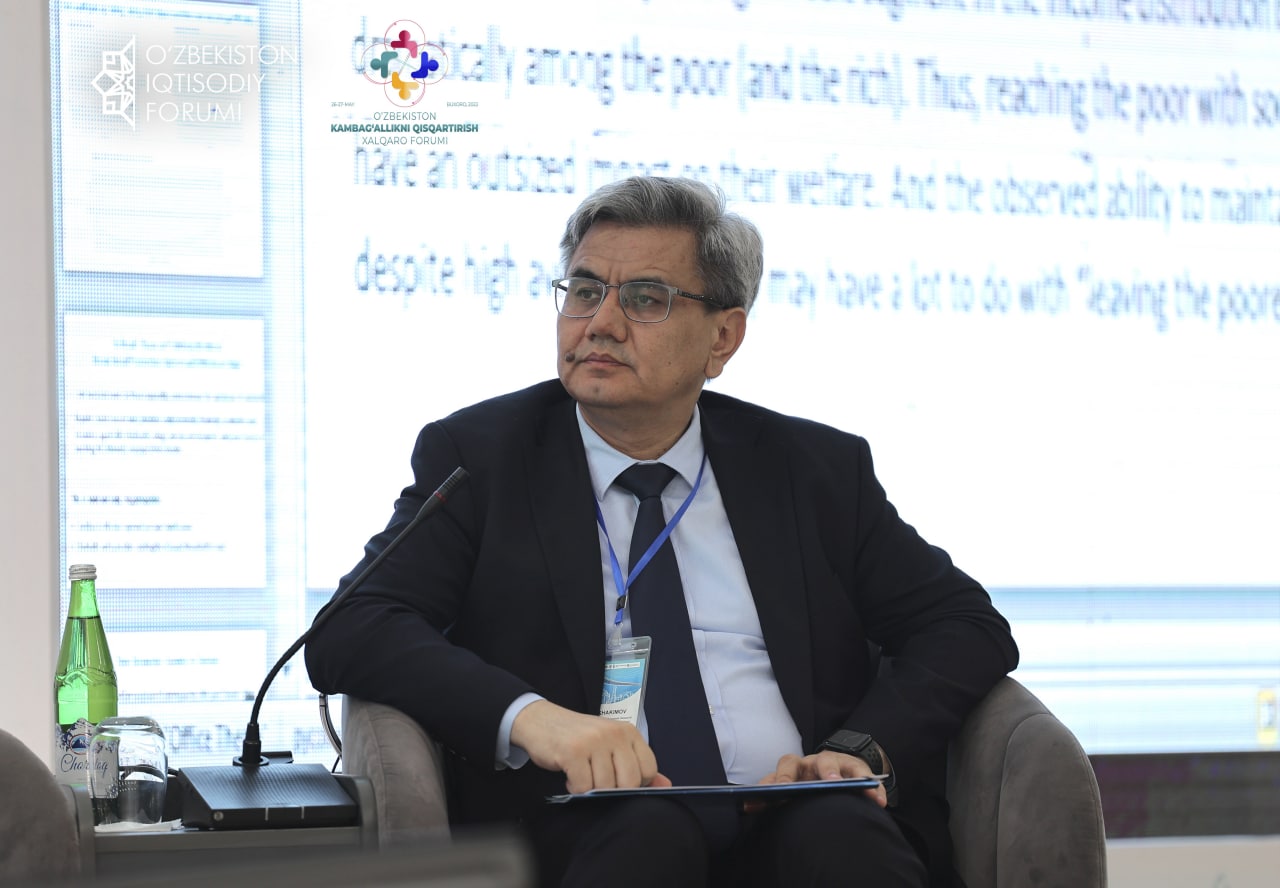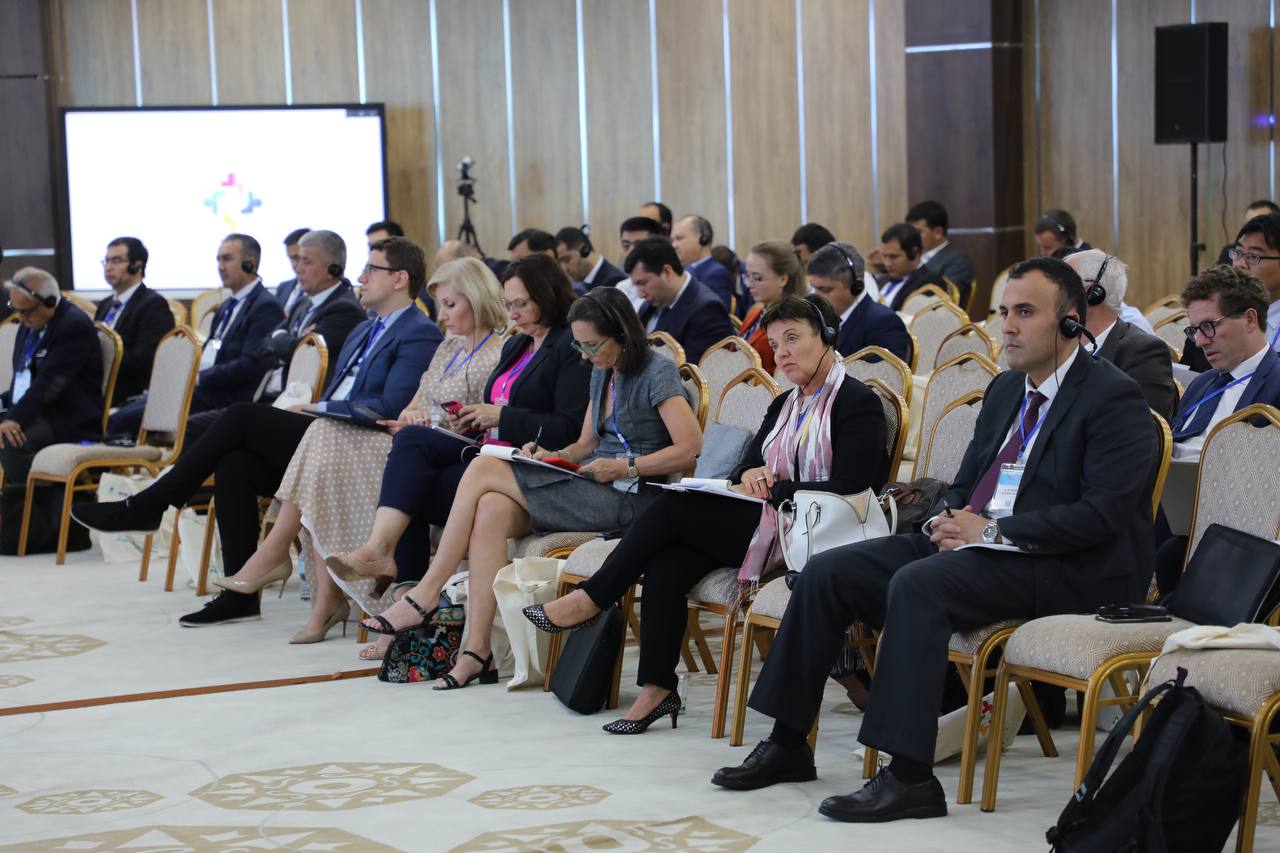Revisiting Uzbekistan’s recent progress: what can be improved from lessons learned?
June 2, 2022

Uzbekistan has experienced a steady GDP growth over the past two decades, gradually diversifying the economy. The income poverty declined from 24% in 2000 to 11.5% in 2020, which meant lifting 2.2 million people out of poverty. However, this reduction was not consistent in relation to inter-regional inequalities. In fact, the regional disparities persist and are getting wider year-to-year, the urban-rural poverty gap remains wide. Uzbekistan has not been an exception when it comes to threats: COVID-19 pandemic reportedly has pushed an additional 1 million people into poverty.
A very ambitious goal of halving poverty by 2026 and achieving upper-middle-income status by 2030 has been set up in the New Uzbekistan Development Strategy. And this has served as a perfect time to reflect on how effective the Government’s efforts on implementing poverty reduction programs, policies and measures have been.
On 26 May on the platform of the Uzbekistan International Poverty Reduction Forum, we co-organized a discussion on “Revisiting Uzbekistan’s recent progress: what can be improved from lessons learned” to learn from our own and other lessons. This session was moderated by Matilda Dimovska, UNDP Resident Representative in Uzbekistan. “The Government of Uzbekistan is decisive and open for reforms, transformation and systematic improvements, all geared towards poverty reduction. However, the Government acknowledges that measuring income poverty is not sufficient for making effective and targeted policy decisions, and the need for multidimensional measures”, - she said.
Among the speakers of the session was Balazs Horvath, UNDP Resident Representative in Botswana, who made a note that “It is the countries which are embracing Multidimensional Poverty Index. This is a great complement to a purely income-based absolute and relative poverty indicators. Relative poverty of course brings in distributional aspects, but MPI data can actually also be used to quantify dimensions of inequality”.
The high ambition of Uzbekistan is to half poverty within the next 5 years require even bigger efforts and investments. The role of the think-tanks in understanding the impact of the ongoing policies and synthetizing the key drivers of success is very important. The Center for Economic Research and Reforms (CERR) is among the main institutions which is conducting a significant body of work on designing poverty reduction policies and measures. CERR has inputted to articulation of the Uzbekistan Poverty Reduction Strategy 2022-2026, a process led by the Ministry of Economic Development and supported by many partners, including UNDP.
As noted by Obid Khakimov, Director of the Center for Economic Research and Reforms, The National Poverty Reduction Strategy for 2022-2026 stipulates the large-scale measures aimed at increasing the employment rate and entrepreneurship support, improving human capital through improving the quality of educational and healthcare services, improving accessibility of public infrastructure, and countering the environmental degradation.

Ricardo Pinto, UNDP International Expert, supporting the design of the Uzbekistan Poverty Reduction Strategy for 2022-2026, highlighted that the job creation lies at the core of poverty reduction. Therefore, the growing young population of this country present an unprecedented opportunity to become agents of positive transformation, but this youth potential can only be unlocked through the creation of new jobs, in fact decent work that is suited for the 21 Century.
Poverty is multidimensional and it is not all about income. Nowadays it’s more about the so-called multi-dimensional approach to the poverty: creating decent living conditions for the people, education and of course, inclusive access to quality healthcare the criticality of which was very well demonstrated during the COVID-19 crisis.
As a continuation of discussion on lessons learnt, the session was followed by a special roundtable on “Multidimensional Poverty: from Measurement to Policy Use” that brought together policymakers, poverty and development experts, and other stakeholders to further reflect on the specific nature of multidimensional poverty in Uzbekistan and related measurement challenges, and the criticality of reliable, context-specific multidimensional poverty measures for informed policymaking. Sabina Alkire, a prominent expert from Oxford Poverty and Human Development Initiative (OPHI) at the University of Oxford, who was individually invited to participate in the forum presented the Multidimensional Poverty Index and shared the experience from other countries. Obid Khakimov, Director of the Center for Economic Research and Reforms, highlighted the work that is being done jointly with UNDP and UNICEF on development a national tool for measurement of multidimensional poverty adapted to the needs and context in Uzbekistan.


 Locations
Locations


